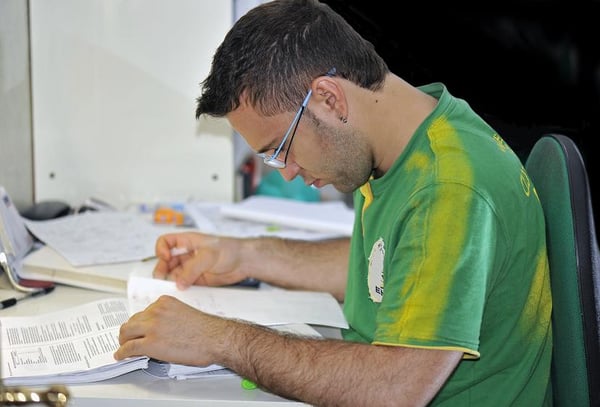Published on
Psychological Invisibility: Veterans in Higher Education (Part 1)

Postsecondary education is currently at a crossroads between good citizenship and stewardship of providing access to those who have served in the military, and their families. Simultaneously, we are being required to conduct a critical exploration of emerging themes of this diverse population, causing us to apply a multicultural lens to a growing student body.
We should not be surprised to see the increase of “student veterans” given the continued efforts to improve educational benefits for these students even during times of budgetary constraints. Moreover, contrary to popular belief, higher education mirrors the military in its robust structural makeup with a clear chain of command, language and positions such as the Provost, which denotes head or chief (a term utilized in Shakespeare’s Henry V). Therefore, now that we have emerged and are invested in student veteran success — emphasis on student veteran — we need to explore what’s next. In a 2013 report published by Student Affairs Administrators in Higher Education (NASPA), a national association, four emerging themes or myths have been brought to our attention:
- Myth #1: Student soldiers and veterans have lower success rates than other adult student populations.
- Myth #2: Student soldiers and veterans are less well prepared to succeed in college than other adult student populations.
- Myth #3: Student soldiers and veterans are resistant to support.
- Myth #4: Student soldiers and veterans are proactive and direct in expressing dissatisfaction with their educational experience.
In featured articles and literature on veterans transitioning into higher education and back into society, similar concepts have been weaved and, therefore, instead of repeating what has been presented in the past, I would like to use this forum as an opportunity to explore and present a topic that has not been addressed and that requires a new frame of thought. My colleagues and I, in the book titled A Handbook of Military Social Work (2013), state that veterans have a distinct culture comprised of their own values, a culture defined by the traditions and spirit of the corps, with an emphasize on the unit and not individuality, a focus on chain of command, orders (given and received) and a higher sense of purpose. This “spirit of the corps” requires us to take individuals from unique backgrounds and, through an extensive process (boot camp), mold them into what the Army prefers to call “Army of One” or “Once a Marine Always a Marine;” however, we have failed to ask: at what cost?
In thinking of this homogenous makeup or a common assumed value, we have dismissed the possibilities of psychological invisibility or conceptual identity redevelopment. Psychological invisibility can be defined as a syndrome created by the perception of an individual who may feel depersonalized and overshadowed by stereotypical assumptions and prejudices — which often plagues our veteran population with subjugation of stigmas such as post-traumatic stress disorder (PTSD), military sexual trauma and traumatic brain injury. This crisis may be more damaging than what we think and Williams (2013) states that psychological invisibility may be the catalyst for:
- Isolation
- Loss of Self
- Depression
- Lack of Trust — and some cases of PTSD
- Lack of Attachment
- Loneliness
Please come back next week for the conclusion of Jose Coll’s series on better serving veteran students by understanding their identity and needs.
Author Perspective: Administrator



